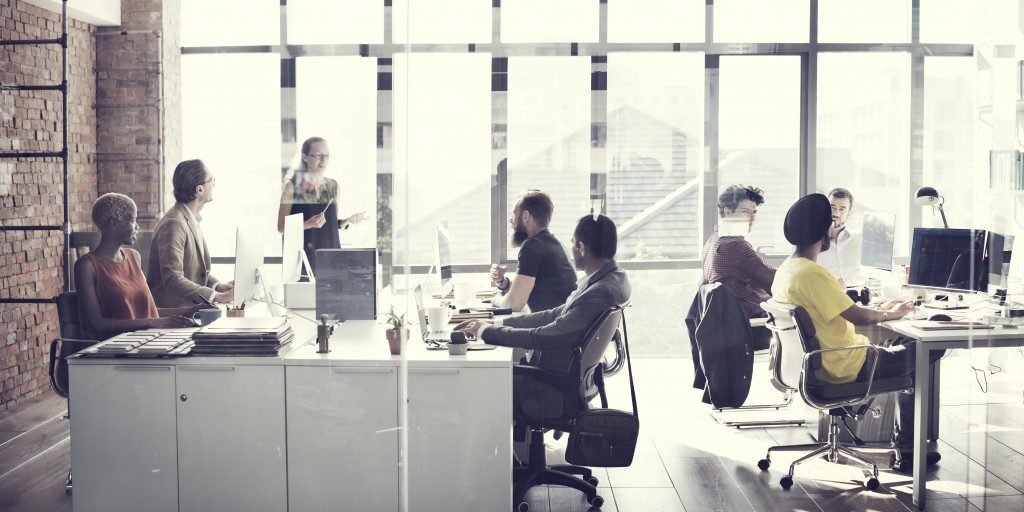Modern office life tends to be sedentary. Technology enables us to accomplish our jobs without leaving our desks, and this takes a serious toll on the health and wellbeing of employees. To address this issue, we have to consider workplace ergonomics. A great office design has a huge impact on employee productivity and happiness while minimizing workplace hazards.
When designing your space, here are the things to take into consideration:
Make the most of the space
The main function of workplace ergonomics is to enhance the health and safety of workers and remove risk factors that result in musculoskeletal injuries. With a cluttered and overcrowded space, the employees would not have enough room to freely and safely move around. Your workplace needs to have plenty of clear space to minimize the risk of accidents and injuries.
A crowded and cluttered office space also has adverse effects on productivity. Being surrounded by visual distractions makes it difficult for workers to concentrate, which easily causes their stress levels to rise.
Make the most of every square inch to prevent these things from happening. Arrange the desks to give each employee enough wiggle room. Remove any unnecessary furniture of equipment to create as much space as possible.
Set the lighting right
Lighting has a significant effect on the productivity and mental health of your employees. If the lights are too bright, they may struggle to concentrate or have difficulties seeing their computer screens. On the other hand, setting the lights too dim will make them feel sluggish and sleepy and could even increase the risk of accidents and injuries.
Your office lighting has to strike the right balance. Aim to let in as much natural daylight as possible, while ensuring the windows have blinds for employees to reduce glare when needed. Install artificial lighting that is bright enough to keep people alert without causing headaches and irritability.
Paint the walls a color that would reflect light just right. Build architectural stairs that would stay well-lit while also reflecting the right amount of light for the rest of the space.
Keep in mind that employees have different lighting needs. Consult with them first to determine what lighting works best for their role, and whether anyone has vision problems which can be eased by better lighting.
Select your furniture wisely

Nowadays, the average office worker spends most of each working day sitting down, which has negative health implications, often leading to strains and injuries to joints and muscles.
Every worker should have the furniture that is appropriate to their needs. Office chairs have to be the right size for each employee, so the arm and backrests can take the necessary strain. A sit-stand desk also helps employees sit properly in front of a computer without putting extra pressure on the lower back or straining the neck.
Employees can adjust the desk to a wide range of heights and find the most comfortable position. This also lets them adjust their posture throughout the day or even work standing up. An adjustable workstation reduces the amount of time workers spend in a sedentary position.
When designing a new office or workstation, it is important to implement an ergonomic setup. A well-executed design will keep your office safe, boost employee morale and productivity, and lead your entire company to a much better place.




